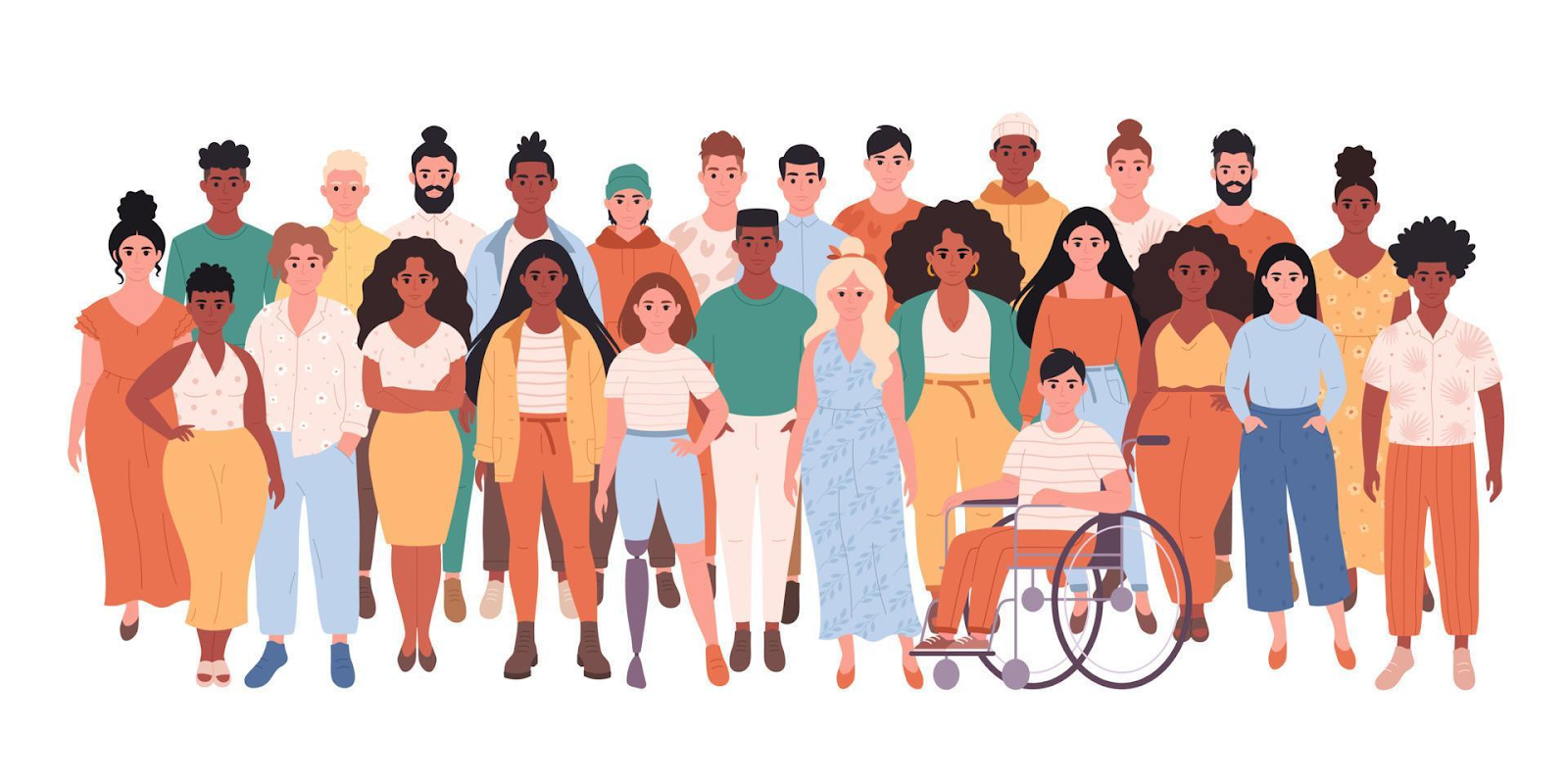In the ongoing pursuit of clarity, charity and understanding, let's provide some clarity to Brant Gardner's series comparing Heartland to M2C (which the M2C-obsessed Meridian Magazine faithfully republishes).
Brant, who is an awesome guy, careful scholar, faithful Latter-day Saint, etc., has written extensively about the Book of Mormon to promote his M2C (Mesoamerican/Two-Cumorahs) theory.
But everything he has written reminds me of a talk by then-President Uchtdorf.
The difference between Heartland and M2C "comes down to an error of only a few degrees."
Suppose you were to take off from an airport at the equator, intending to circumnavigate the globe, but your course was off by just one degree. By the time you returned to the same longitude, how far off course would you be? A few miles? A hundred miles? The answer might surprise you. An error of only one degree would put you almost 500 miles (800 km) off course, or one hour of flight for a jet....
The longer we delay corrective action, the larger the needed changes become, and the longer it takes to get back on the correct course—even to the point where a disaster might be looming.
https://www.churchofjesuschrist.org/study/general-conference/2008/04/a-matter-of-a-few-degrees?lang=eng
The "few degrees" in this case consist of whether or not we believe what the prophets have taught about Cumorah.
If we align with the prophets, the course is clear: Cumorah/Ramah is in New York.
If we're off by even one degree because we reject what the prophets have taught, we end up with theories such as M2C (the Mesoamerican/Two-Cumorahs theory), the Baja theory, the Peru theory, the Malaysia theory, or any number of other theories, including the "pious fiction" theory.
Every proponent can rationalize his/her theory by interpreting the text to fit while also citing extrinsic scientific evidence. People debate the relative credibility of their various interpretations and evidence, leading to "a strife of words and a contest about opinions." (Joseph Smith—History 1:6)
A solution would be pursuing clarity, charity and understanding instead of trying to persuade. People can believe whatever they want, and that's fine.
People want to make informed decisions, and we should be happy that Brant has made an effort in that direction.
However, as always, clarity is the sticking point.
So let's start with clarity about 2 points.
_____
Point 1
The location of Cumorah does not determine any other Book of Mormon sites. People who accept the teachings of the prophets can have a wide range of beliefs about the scope of the Book of Mormon setting, and that's all fine. The Gospel Topics entry on Book of Mormon geography recognizes this diversity.
Note that the entry does not even mention Cumorah, which makes sense because Cumorah, as Oliver said, is a fact and well attested. The entry does not repudiate any teachings of the prophets.
_____
Point 2
We can all see that Brant and his fellow M2Cers base their entire theory on one basic premise:
Oliver Cowdery misled everyone when he declared it was a fact that the final battles of the Nephites and Jaredites took place in the mile-wide valley west of the hill Cumorah/Ramah in New York where Joseph found the plates.
http://www.josephsmithpapers.org/paper-summary/history-1834-1836/90
Because of this premise that leads them off by one degree, M2Cers even claim that Joseph Smith adopted this "false" Cumorah. (D&C 128:20)
M2Cers claim that Lucy Mack Smith falsely reported that it was Moroni who identified the hill as Cumorah when he first visited Joseph Smith, and that she falsely reported that Joseph referred to the hill as Cumorah even before he got the plates.
M2Cers claim that David Whitmer falsely reported that the messenger who had the abridged plates said he was going to Cumorah.
M2Cers claim that Parley P. Pratt falsely reported that during the 1830 mission to the Lamanites, Oliver explained that it was Moroni who called the hill Cumorah.
M2Cers claim that all the prophets who have reiterated the New York Cumorah/Ramah, including members of the First Presidency speaking in General Conference, have been merely expressing their own opinions and that those opinions were wrong such that they were misleading the Latter-day Saints.
That President Uchtdorf used a volcano in his example is fitting because M2Cers, having veered off course by one degree, lead their followers to believe that the Book of Mormon describes the volcanoes in Mesoamerica.
That's not an unreasonable interpretation.
But it's far from the only reasonable interpretation.
Readers naturally wonder why a civilization living for a thousand years in a limited area of Mesoamerica described volcanoes only once, and didn't even use a term that Joseph would have translated as "volcano."
Obviously there is much more we could say (and have said), but it is useful to see how one simple degree of variance from the teachings of the prophets can lead to a voluminous body of rationalization, such as Brant has been publishing.
And it's all good. People can believe whatever they want.
But every Latter-day Saint deserves to know exactly what the premise of M2C is and how every theory can be rationalized through interpretation of the text and use of extrinsic evidence.
We all just need to ask, are we on the course Oliver and Joseph and their successors mapped out for us, or have we veered off by one or more degrees?



























